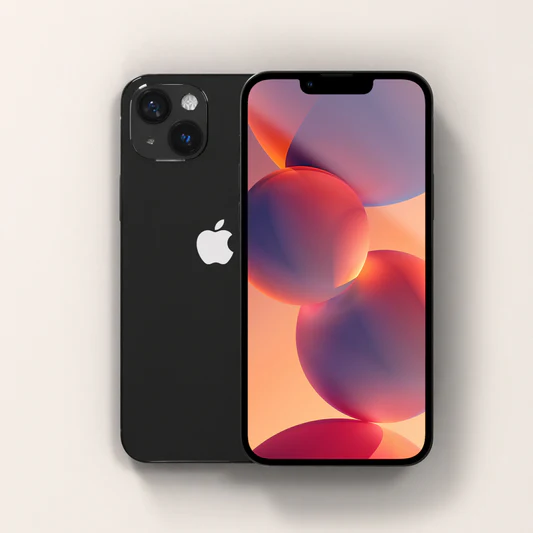The secondary mobile phone ecosystem has transformed from an informal network of peer-to-peer sales into a highly structured, professional, and rapidly growing global industry. A comprehensive analysis of the leading Used Smartphone Market Companies reveals a diverse and complex landscape, encompassing original equipment manufacturers (OEMs), mobile network operators (MNOs), specialized online marketplaces, major retailers, and B2B logistics and processing giants. These companies are building the infrastructure for a circular economy in consumer electronics, addressing key consumer demands for affordability and sustainability while navigating the complexities of device sourcing, grading, refurbishment, and resale. The market's incredible growth trajectory is a clear indicator of this shift from a linear "take-make-dispose" model to a more sustainable and value-driven one. The Used Smartphone Market size is projected to grow USD 218.77 Billion by 2035, exhibiting a CAGR of 17.51% during the forecast period 2025-2035. This expansion is driven by the soaring costs of new flagship devices, growing environmental awareness among consumers, and the increasing longevity and performance of modern smartphones, which retain significant value long after their initial purchase.
The market's key players can be segmented into several distinct categories, each playing a critical role in the value chain. At the top are the OEMs, with Apple being a prime example. Through its "Certified Refurbished" program, Apple maintains tight control over its brand, offering devices that have been meticulously restored with genuine parts and come with a new warranty, commanding a premium price and reinforcing customer trust. Mobile Network Operators like AT&T, Verizon, and Vodafone are the primary engines of device sourcing, running massive trade-in programs that collect millions of used devices from consumers upgrading to new models. These MNOs then partner with large-scale B2B processing firms. This leads to the next critical category: the logistics and reclamation giants such as Ingram Micro, Likewize (formerly Brightstar), and Assurant. These companies operate behind the scenes, handling the immense logistical challenge of collecting, testing, grading, data-wiping, and refurbishing devices on a massive scale, before channeling them back into various sales channels. Their expertise in reverse logistics and device lifecycle management is the operational backbone of the entire industry, enabling the large-scale trade-in programs offered by OEMs and carriers.
A third, highly visible, and rapidly growing category consists of the specialized online marketplaces and direct-to-consumer (D2C) resellers. Platforms like Back Market, Gazelle, and Swappa have built their businesses around creating a trusted marketplace for used devices. Their value proposition is centered on overcoming consumer apprehension by offering certified devices, detailed grading systems, warranties, and robust return policies. Back Market, for example, acts as a curated marketplace connecting consumers with a network of vetted professional refurbishers, while Swappa facilitates a safer peer-to-peer market. Retail giants like Amazon (with its "Amazon Renewed" program) and Best Buy have also become major players, leveraging their massive customer reach and trusted brand names to sell refurbished devices. These D2C platforms are crucial for creating liquidity in the market and providing consumers with a reliable and transparent alternative to purchasing new devices, directly competing with the OEMs' own refurbished offerings and driving a new level of professionalism and consumer confidence in the secondary market. The interplay between these OEMs, MNOs, B2B processors, and D2C marketplaces creates the dynamic and competitive ecosystem that defines the modern used smartphone industry.
Top Trending Reports -
Europe Immersive Analytics Market



